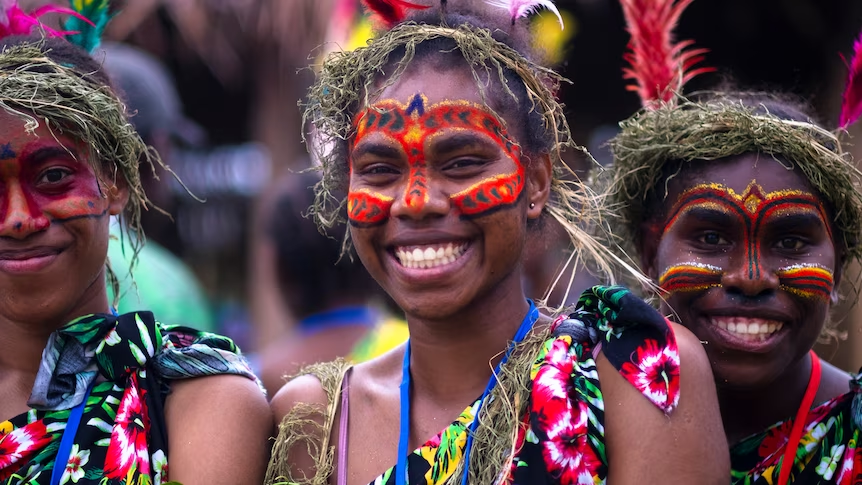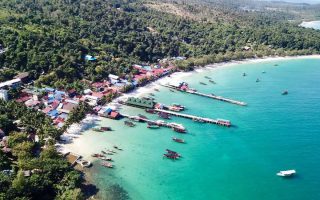kickstand-project.org – Vanuatu, a picturesque archipelago in the South Pacific Ocean, is a nation rich in cultural diversity and traditional heritage. Known for its Melanesian roots, customary practices, and tribal societies, Vanuatu offers a fascinating glimpse into the unique ways of life that have been preserved over centuries. This article explores the key elements that define Vanuatu’s cultural identity as highlighted in the comprehensive entries of the Britannica.
Melanesian Heritage
Vanuatu is part of the Melanesian region, which includes other Pacific islands such as Fiji, Solomon Islands, and Papua New Guinea. The Melanesian cultural heritage is characterized by its linguistic diversity, artistic expressions, and social structures. Vanuatu’s indigenous people, the Ni-Vanuatu, have maintained their cultural distinctiveness through a deep connection with their land and traditions.
Tribal Societies and Social Structure
The tribal system in Vanuatu plays a central role in the organization of society. Each island and even individual villages within the archipelago have their distinct tribes, each governed by a chief or group of elders. These leaders are responsible for maintaining social order, organizing communal activities, and upholding customary laws.
Tribal affiliation is a source of identity and pride for the Ni-Vanuatu. It dictates social relationships, land ownership, and responsibilities within the community. The tribal system ensures that cultural practices and traditions are preserved and passed down through generations.
Customary Practices
Customs, or “Kastom,” are deeply ingrained in Vanuatu’s cultural identity. These customary practices encompass a wide range of activities, including rituals, ceremonies, and social norms. Kastom is a living tradition that adapts to contemporary influences while retaining its core principles.
Ceremonial Life
Ceremonies are integral to the cultural fabric of Vanuatu. They mark important life events such as births, marriages, and deaths, as well as seasonal and agricultural cycles. The Naghol, or land diving ceremony, is one of the most iconic rituals, symbolizing renewal and community solidarity.
Customary Law
Customary law governs many aspects of life in Vanuatu, from land disputes to marriage arrangements. It operates alongside the formal legal system, providing a framework for conflict resolution and social cohesion. Customary law is based on traditional values and is enforced by community leaders, ensuring the preservation of cultural norms.
The Role of Art and Music
Art and music are vital components of Vanuatu’s cultural expression. Traditional art forms, such as wood carving, pottery, and weaving, reflect the island’s rich heritage and are used in ceremonial contexts. Music, often accompanied by dance, plays a crucial role in storytelling and community bonding.
The slit drum, a large wooden percussion instrument, is emblematic of Vanuatu’s musical tradition. Its deep, resonant sound is used in both ceremonial and social settings, fostering a sense of identity and continuity among the people.
Conclusion: A Cultural Tapestry
Vanuatu’s cultural landscape is a vibrant tapestry of Melanesian heritage, customary practices, and tribal traditions. The Ni-Vanuatu people’s dedication to preserving their cultural identity amid modern influences is a testament to their resilience and adaptability. As described in Britannica’s insightful entries, Vanuatu remains a living repository of ancient customs and a beacon of cultural diversity in the Pacific.




